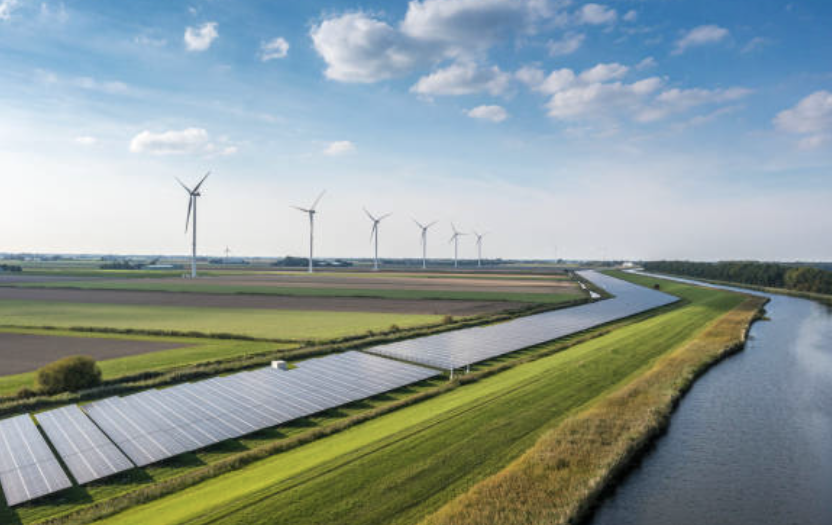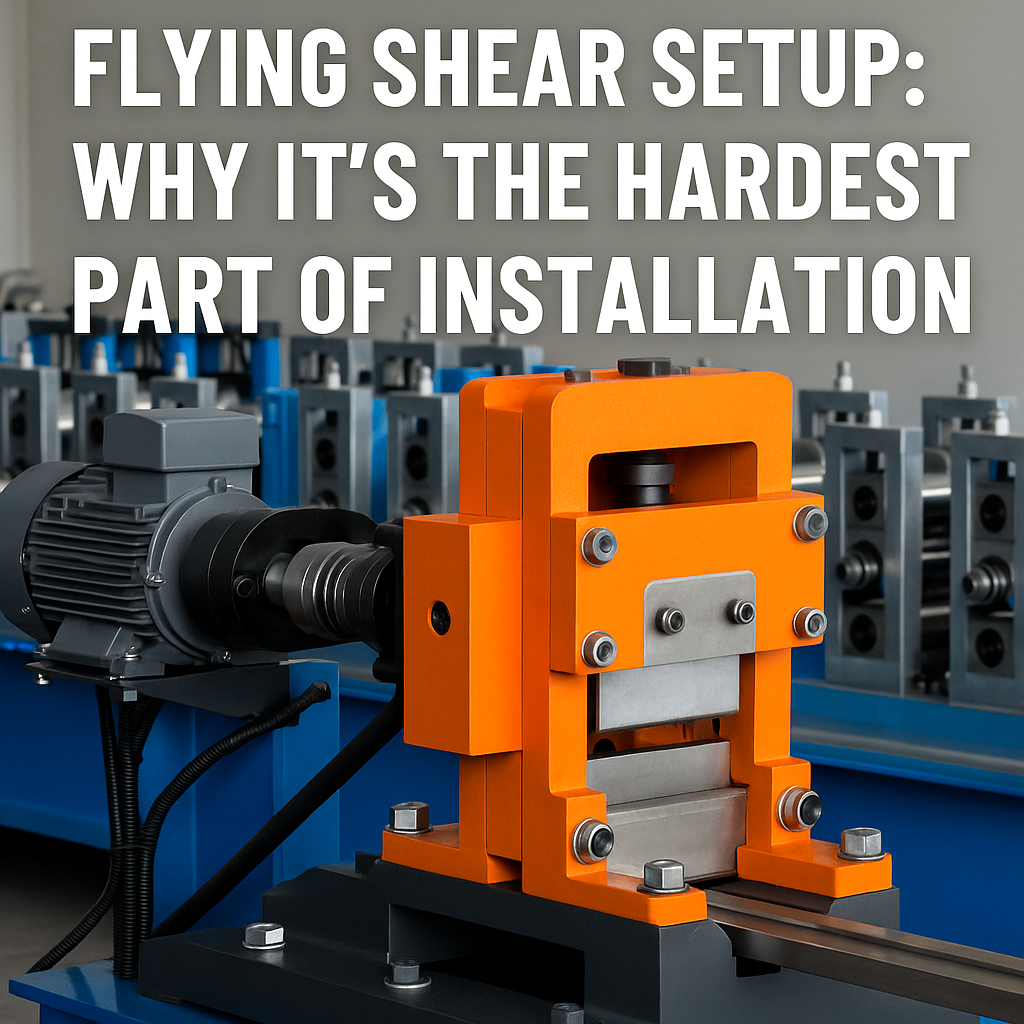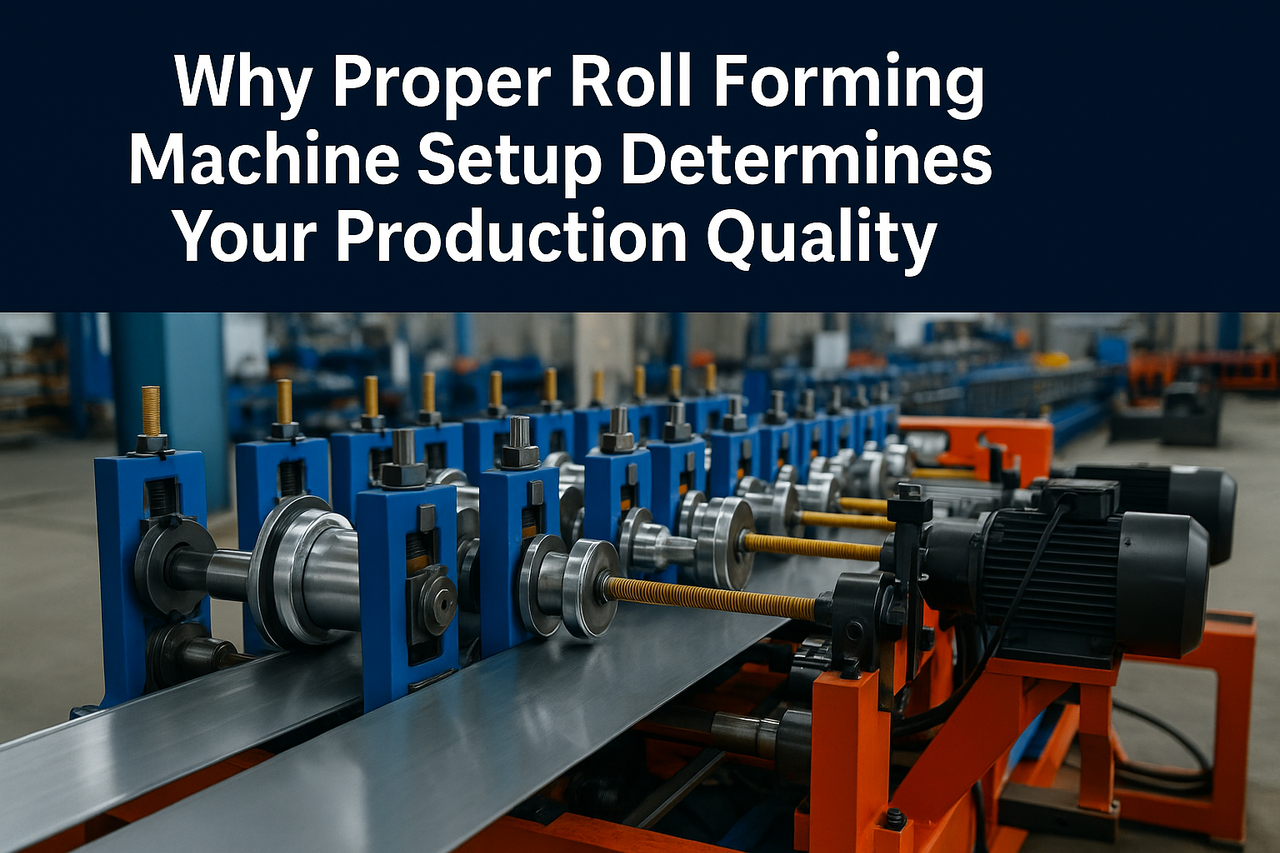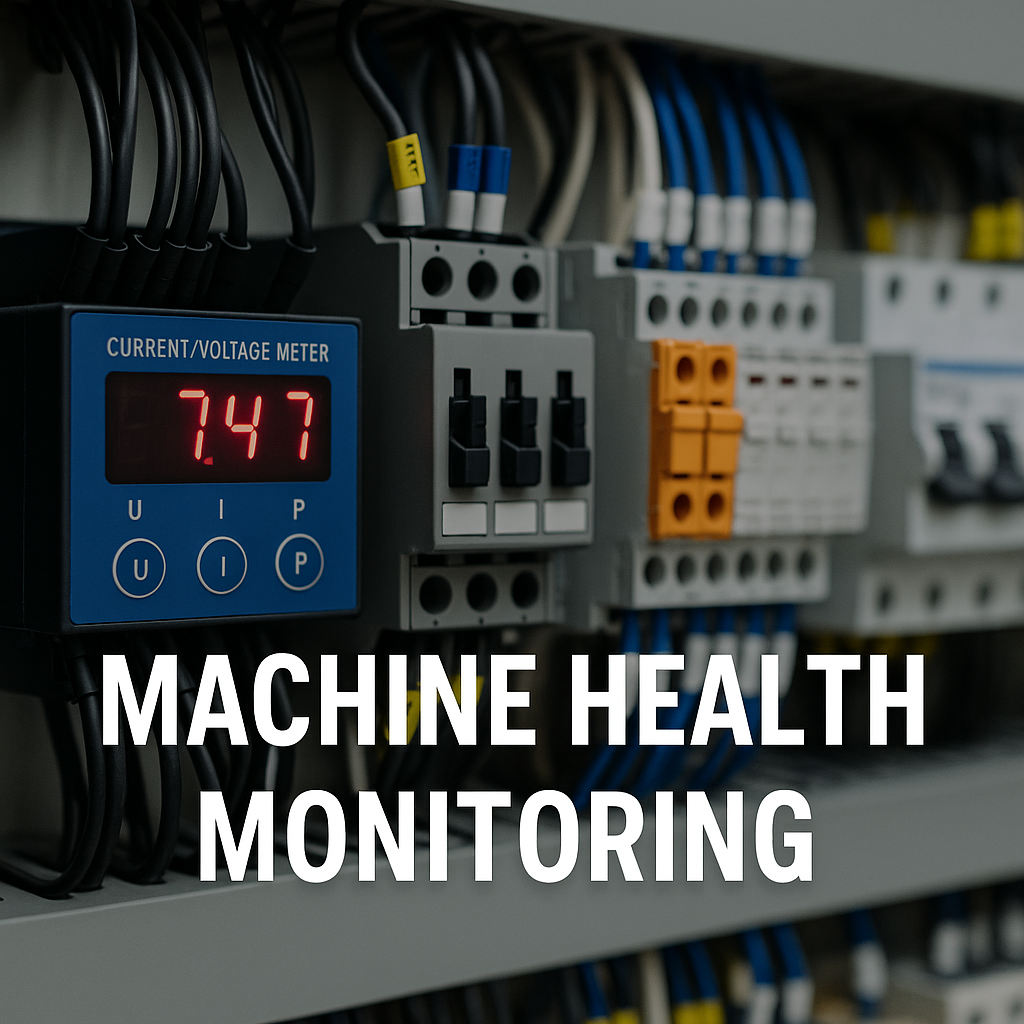
Posted on Friday, March 1, 2024
Renewable energy systems, such as solar panels and wind turbines, are pivotal in the global shift toward sustainable energy. Behind these cutting-edge solutions lies the essential role of metal fabrication, which ensures the precision, durability, and efficiency of components critical to renewable energy systems. This blog explores how metal fabrication supports renewable energy, what components it produces, and offers insights for manufacturers and fabricators aiming to contribute to a greener future.
Metal fabrication is integral to renewable energy manufacturing by enabling the creation of precise and durable components. Techniques such as laser cutting, CNC machining, and welding are commonly employed to produce essential parts for:
Metal fabricators contribute to the renewable energy industry by producing:
A European wind turbine manufacturer implemented laser cutting and robotic welding to improve the precision and efficiency of its production process. The company transitioned from traditional methods to advanced automated fabrication systems, reducing material waste by 20% and cutting production time by 30%. This approach also enabled the use of lightweight materials, which are critical for offshore wind turbines exposed to extreme conditions.
The offshore wind sector has seen a significant shift toward lightweight and corrosion-resistant materials, such as aluminum alloys and composite metals. This transition minimizes transportation costs and ensures turbines can withstand harsh marine environments. European projects, such as those in the North Sea, have set benchmarks for using advanced metal fabrication to meet these demands.
For fabricators entering the renewable energy market, selecting the right machines is critical. Here’s what to look for:
The challenges include achieving high precision for large-scale components, sourcing lightweight yet durable materials, and maintaining cost efficiency while meeting strict sustainability standards.
Laser cutting uses a focused beam of light to make precise cuts on metal. It is essential for wind turbine production because it enables the creation of intricate, high-quality parts that meet the rigorous demands of wind energy systems.
Q: How can fabricators reduce material waste in renewable energy projects?
A: Fabricators can reduce material waste by adopting advanced manufacturing techniques such as laser cutting, which minimizes excess material, and CNC machining, which ensures precise cuts. Additionally, using design software to optimize component layouts can maximize material usage.
Metal fabrication plays a transformative role in advancing renewable energy systems, enabling the production of efficient, durable, and sustainable components for solar panels and wind turbines. By leveraging advanced technologies and focusing on sustainable practices, fabricators can contribute significantly to the global push for clean energy solutions.
If you're a fabricator or manufacturer interested in renewable energy projects, consider investing in precision machines that align with the industry's needs for efficiency and eco-friendliness. The future of energy is renewable, and metal fabrication is at its core.

Flying Shear Setup: Why It’s the Hardest Part of Roll Forming Machine Installation
Posted on Monday, November 24, 2025
If you want a header image, meta description, or series continuation, just tell me.

Why Proper Roll Forming Machine Setup Determines Your Production Quality
Posted on Monday, November 24, 2025
The #1 factor that decides accuracy, scrap rate, speed, and consistency.

Compliance & Safety Services for Roll Forming Machines — Full Guide
Posted on Sunday, November 23, 2025
How Machine Matcher keeps your machines safe, legal, and fully compliant with CE, UL, and UKCA standards.

Machine Health Monitoring for Roll Forming Machines — Complete Diagnostic Service Guide
Posted on Sunday, November 23, 2025
Continuous diagnostics that prevent breakdowns, reduce downtime, and extend machine life.
Copyright 2025 © Machine Matcher.